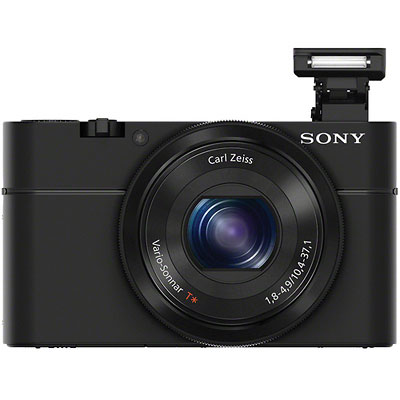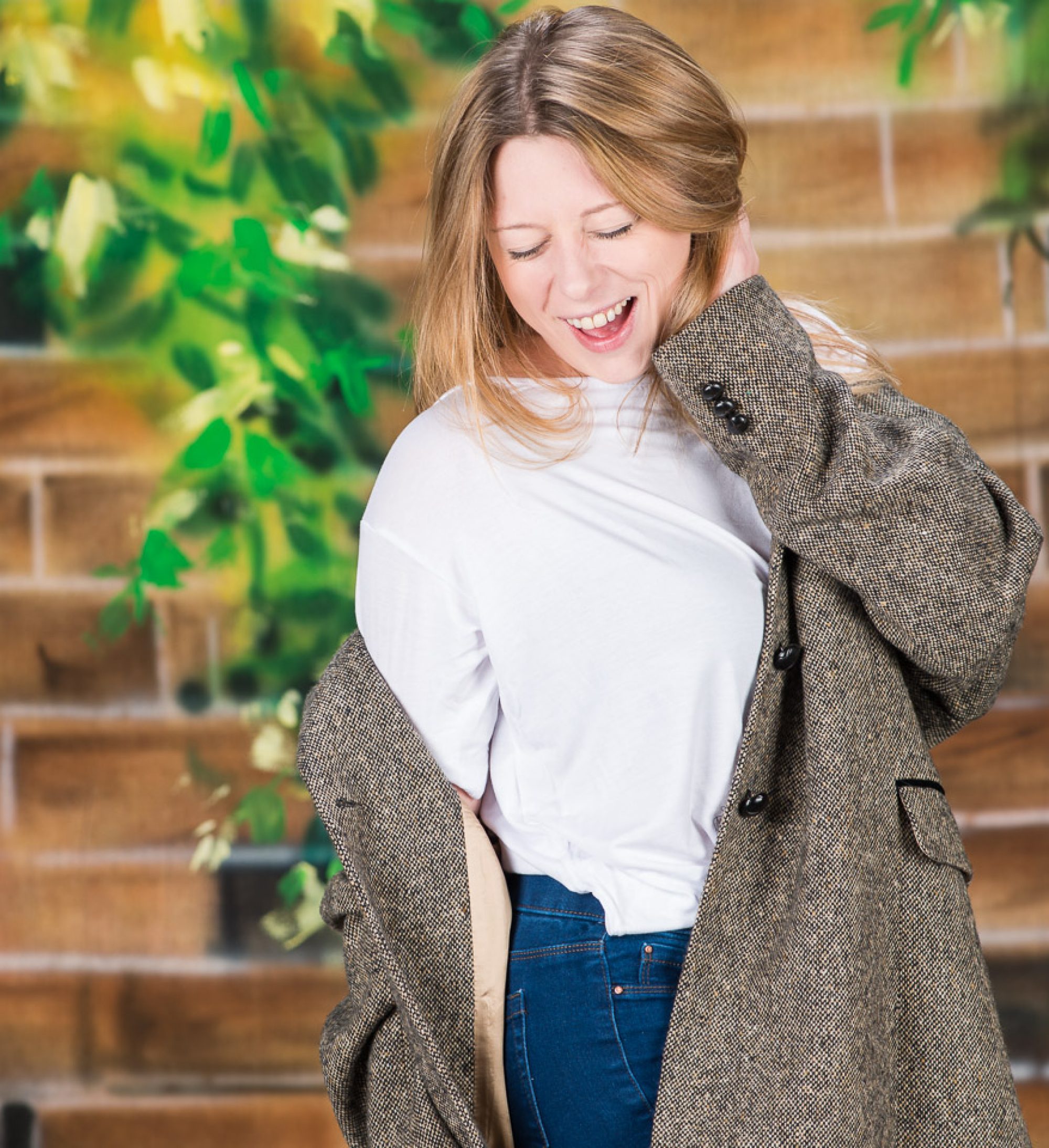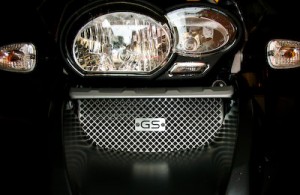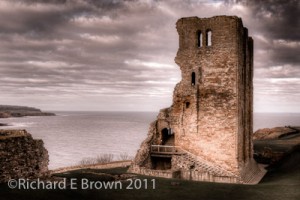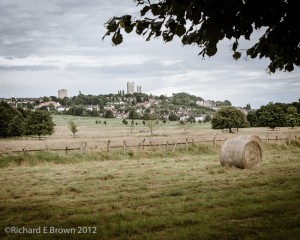
It was a warm sunny day but the weather forecast show potential for a storm. After a good storm you can often get dramatic skies to make a photograph something special.
We loaded the car with the Large Format Camera Gear and I also took the little Nikon Series 1 V1.
As we travelled to Lincoln the sky went a fantastic black but this did not cover the sun, the light was wonderful. As we arrived in Lincoln the sun was finally covered and the heavens opened. No light and certainly no weather to be out with cameras.
We popped into the shops to get a few essential groceries hoping the rain would stop soon.
Leaving the shops we headed over to Lincoln’s West Common. There is a field between the Common and the road which the farmer uses to grow hay. I had noticed on my commute a few days early that the hay had been cut and bailed. It was my hope that with the hay in the foreground and with the magnificent Lincoln Cathedral as a backdrop, it could make a great picture, if only the weather would co-operate.
The rain was slowing after we left the shops, so it was worth an attempt. We drove to a lay-by and parked up, then sat and waited for the rain to finally stop. After about ten minutes the rain did finally stop, so we grabbed the cameras and found a good spot.
The sun had still not come out and the sky was not as dramatic as I hoped but it still had potential, and the winds were driving the clouds quickly across the sky so conditions could change quickly.
First job was to snap a few reference shots with the Nikon V1, one of the better ones is at the top of this post, not too bad I thought.
After finding the best spot it was time to setup my heaviest tripod, a series 5 Gitzo with a Really Right Stuff BH-55 head. Once in place and set level I my Ebony Large Format camera on top.
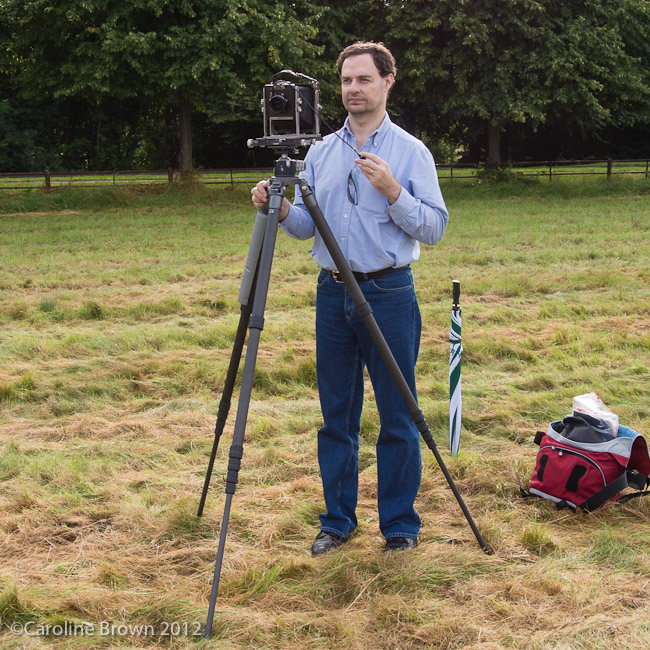
Large Format Photography is like no other. Its great fun but certainly not quick. Once fixed firmly on top of the tripod the first job for most LF cameras is to unfold them and fix on the lens. Mine is a none folder and I tend to pack it with the standard lens on it, making it quicker to setup. I removed the lens cap and also the rear lens cap. Unlike 35mm you can have the lens fixed to the camera with the rear lens cap on. Next was to remove the rear cover that protects the glass focusing screen.
Then using a Lupe I focused the camera. Once focused with the help of a dark cloth I checked my composition. It was good but I was not close enough, so I picked up the camera on the tripod and moved a few meters forward. Levelling the camera off with the help of the spirit level built into the top of the camera and the tripod, I was ready to refocus and check my composition again. This was much better, I still had a little too much foreground but that was easily fixed my raising the front lens a little.
With the camera focused on the distant Cathedral the hay bale was blurred and out of focus, even by stopping down to f/45 on my standard Nikon 150mm Large Format Lens, I would not get everything in focus.
It was time to employ the next trick in the Large Format Photographers arsenal, the Scheimpflug principle. By tilting the front lens panel you can swing the plane of depth of field so that both foreground and background can be in focus.
Once everything was setup it was time to load the film. Large format film is kept in dark slides, I had loaded up some Fuji Provia 100 earlier so was all set. First job was to close the lens to prevent any light getting in and then to cock the shutter. With that taken care of, the dark slide could be loaded into the camera.
Now time to meter the scene. Like my Medium Format Camera, there is no light meter built into the camera so it was out with the handheld meter to determine the exposure. 1/15 of a second at f/32, was my chosen exposure, setting this on the lens (the lens has the shutter built into it), I was finally ready to go. I slid out the dark slide cover, tripped the shutter with my camera release, then placed the cover back.
Now time to pack up. A very enjoyable 30 minutes in order to take a photography in 1/15 of a second.
